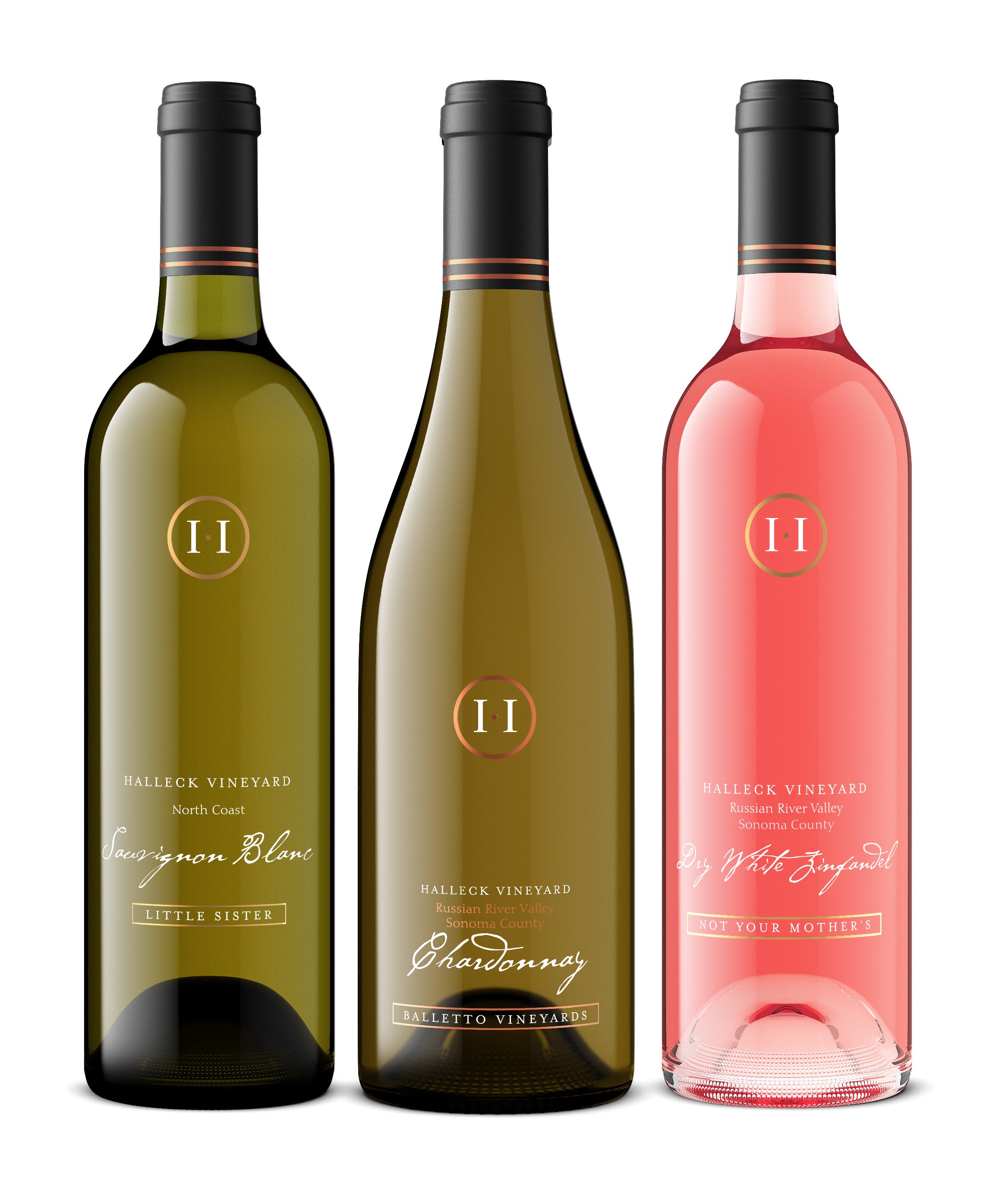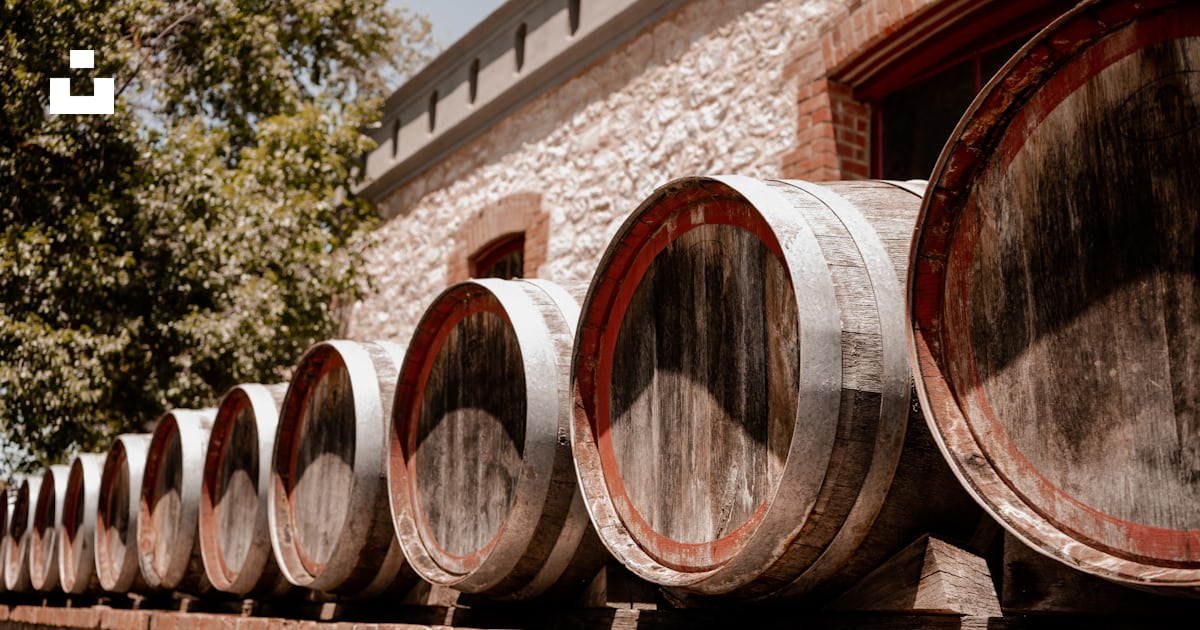Wineries Located Near Russian River Valley - Wineries Near Sebastopol For Tasting
Wineries Located Near Russian River Valley - Wineries Near Sebastopol For Tasting
Blog Article
Wineries Ideal For Large Groups - Enjoying The Best Wineries In Sebastopol
Wine tasting is an art that combines sensory experience with an appreciation for the nuances of various varietals. How to judge flavors in winery wine tasting classes is pivotal to grasping the complexities of wine.
Partaking in a wine tasting involves more than merely sipping and savoring. It requires a targeted approach to determine aromas and flavors that each wine presents. As you begin, observe the wine's look, noting its colour and readability. These visible cues typically suggest a wine’s age, grape variety, and even potential flavor profiles.
The next step within the tasting process is to swirl the wine in your glass. This motion releases fragrant compounds that are vital for evaluation. Lean in and take a moment to inhale deeply; the aromas can range from floral and fruity to spicy and earthy. The nostril of the wine is just as essential because the palate, and recognizing scents plays a big function in understanding the general experience.
When taking your first sip, enable the wine to maneuver across your palate - Wineries Offering Elegant Wine Tastings. Notice the preliminary flavors that current themselves. Is the wine fruity, floral, or perhaps herbaceous? This preliminary taste gives perception into what the wine is more likely to express as you proceed to evaluate it. The mouthfeel additionally contributes to the overall flavor experience; it might be silky, tannic, and even effervescent.
Celebrated Winemakers To Discover In Sonoma - Exploring The Vineyards Of Sonoma
As you continue tasting, take note of the wine’s balance. A well-balanced wine will harmonize acidity, sweetness, and tannins. If one part overwhelms the others, it'd point out a much less fascinating quality. Evaluating stability can help you identify how nicely the wine might pair with food.
Transitioning to the end, contemplate how the flavors evolve as the wine lingers in your palate. A lengthy, pleasant finish can indicate a high-quality wine, whereas a brief or abrupt end would possibly counsel in any other case. Mirror on whether or not the flavors stay consistent or if new notes emerge because the wine settles. This progression can reveal complexities and intricacies that might not have been apparent in the initial tasting.
Temperature is also a vital factor in evaluating wine flavors. Different kinds of wine are optimally loved at specific temperatures. White wines often shine when chilled, while red wines generally perform best at room temperature. When tasting, ensure the wine is on the acceptable temperature to completely respect its character.
Best Chardonnays From Sonoma Winemakers - Sonoma Vineyards To Explore
Pairing food with wine can greatly improve the tasting experience. Meals can affect the perception of flavors in wine, both highlighting sure characteristics or diminishing them. When evaluating flavors, consider how the wine interacts with totally different foods, noticing which flavors are amplified or muted (Wineries Promoting Sustainable Farming).
Think About the affect of terroir as you interact in a winery tasting. Terroir encompasses the distinctive environmental elements that have an result on grape growing, together with soil composition, local weather, and geography. Understanding a wine's terroir can provide insight into its flavors and aromas, fostering a deeper appreciation for the alternatives made throughout its cultivation and production.
Education plays a basic function in enhancing one's capability to evaluate wine flavors. Learning about grape varieties, wine regions, and manufacturing strategies can pave the way for more informed judgments during tastings. Additionally, attending workshops or classes can refine sensory skills and expand your flavor vocabulary, enabling you to articulate tasting notes more effectively.

Lastly, it is essential to remember that evaluating wine flavors is a extremely personal experience. Particular Person preferences and perceptions will invariably shape one’s tasting journey. Enjoyment ought to be on the forefront, with the evaluation process performing as a device to enhance understanding and appreciation somewhat than create rigid guidelines.
Wineries With Outdoor Seating - Sonoma Wine Region Vineyards
In conclusion, mastering tips on how to evaluate flavors in winery wine tasting sessions involves a combination of sensory engagement, information, and practice. By studying to establish aromas, assess the steadiness, and recognize the intricacies of flavor, wine enthusiasts can deepen their connection to every bottle they encounter. As with any art form, the more one immerses themselves in the experience, the more they will uncover and benefit from the huge world of wine.
- Begin by observing the wine's colour and readability, as these visible components can trace at its flavor profile and getting older potential.
- Swirl the wine gently in your glass; this releases aromatic compounds, permitting you to better establish the complicated scents associated with the wine.
- Take a deep inhale before tasting, specializing in each primary and secondary aromas to collect insights on fruits, spices, and different nuances.
- When tasting, enable the wine to coat your palate; note the initial flavors, the mid-palate complexity, and the end as these levels can provide totally different flavor highlights.
- Pay attention to texture and mouthfeel, as elements similar to tannin levels, acidity, and sweetness contribute considerably to the general tasting experience.
- Compare flavors in opposition to normal wine traits; for red wines, consider berry notes, oak affect, and natural tones, whereas whites may include citrus, stone fruits, and floral hints.
- Take notes in the course of the tasting session to trace your impressions, helping you to recollect and evaluate the totally different wines sampled.
- Focus On your findings with fellow tasters or winery staff, as sharing insights can improve understanding and appreciation of individual flavors.
- Enable time for the wine to breathe; generally, flavors evolve and reveal new dimensions after being exposed to air.
- Experiment with food pairings in the course of the tasting as they will dramatically alter how flavors are perceived, influencing overall enjoyment.undefinedWhat ought to I look for when evaluating the aroma of wine throughout a tasting?
Begin by swirling the wine in your glass to launch its aromas. Bring the glass to your nostril and take a deep breath. Pay consideration to the primary scents you detect, as these are often probably the most outstanding. Look for fruit, floral, natural, or earthy notes and attempt to determine particular characteristics, which will deepen your understanding of the wine's complexity.
Wineries With River Views - Sonoma Wine Country Wineries To Explore

How can I distinguish between different flavor profiles in wine?
Understand that flavor profiles are sometimes categorized as fruit, floral, herbaceous, spicy, or mineral. Take small sips and permit the wine to coat your palate. Notice the primary flavors that discover this info here emerge first and the delicate notes that comply with. This layering is crucial in distinguishing the wine's characteristics and can allow you to respect its distinctive profile.
Remarkable Craft Wineries In Sebastopol - Sebastopol Area Wineries Offering Wine
What is the importance of the wine's texture in a tasting?

The texture of the wine, also referred to as mouthfeel, plays an important role in how we understand flavors. Pay attention as to whether the wine feels clean, creamy, or gritty. The physique of the wine (light, medium, or full) can enhance or contrast with flavors, offering a more rounded experience throughout tasting.
How do I assess the balance of flavors in wine?
Stability in wine refers to the harmony between acidity, sweetness, tannin, and alcohol. Take a second to evaluate whether or not these components complement or intervene with one another. A well-balanced wine could have none of its parts overpowering the others, creating a pleasing tasting experience.
Wineries Featuring Seasonal Wine Events In Sonoma - Sonoma Wine Tasting Spots
What position does temperature play in evaluating wine flavors?
Temperature can considerably impression the notion of flavors. Typically, pink wines are greatest served slightly under room temperature, while white wines benefit from being chilled. As the temperature modifications, the aromas and flavors can shift, allowing you to look these up understand totally different traits. It’s essential to taste wine at its optimal temperature for true evaluation.
Wineries Renowned For Cabernet Sauvignon In Sonoma - A Visit To Sebastopol Wineries
How can I improve my tasting skills over time?
Practice is vital to improving your tasting skills. Top Rated Wine Experiences In Sebastopol. Attend tastings, maintain a journal of your experiences, and explore several sorts of wines to broaden your palate. Moreover, studying about wine production and grape varieties can provide context that enhances your analysis process, making you a more knowledgeable taster.
Is there a selected order by which I should style the wines?
Spectacular Vineyard Views In Sonoma - Greatest Wine Tasting Locations In Sonoma
Yes, it’s advisable to taste wines from light to full-bodied and dry to sweet. This progression prevents the stronger flavors from overshadowing the extra delicate ones, permitting you to totally appreciate every wine's traits and nuances without palate fatigue.
Caldera+Knives,10655+Barnett+Valley+Road,+Sebastopol
How can I consider the aftertaste of wine?
Wineries Renowned For Cabernet Sauvignon In Sonoma - Sonoma Vineyards To Explore
The aftertaste, or end, is an important facet of the wine-tasting experience. After swallowing, take note of how long the flavors linger in your palate and whether they change. A lengthy, pleasant end is commonly an indicator of a high-quality wine, whereas a short or unpleasant end might counsel in any other case.
Why is it necessary to note the wine’s acidity during tasting?
Acidity contributes to the overall freshness and structure of the wine. Pay attention to the tingling sensation on your tongue; greater acidity can improve the wine's liveliness and balance out sweetness. Noting acidity helps determine the wine's versatility with food and its growing older potential.
What ought to I do if I struggle to identify particular flavors in wine?
Wineries Offering Educational Wine Seminars - Scenic Wineries Of Sebastopol
Struggling to establish flavors is common, particularly for beginners. Focus on broader categories and describe what you probably can acknowledge, similar to candy or earthy notes. With practice, reading about completely different flavor profiles, and perhaps utilizing flavor wheels, you will refine your senses and develop a extra nuanced approach to tasting. Report this page